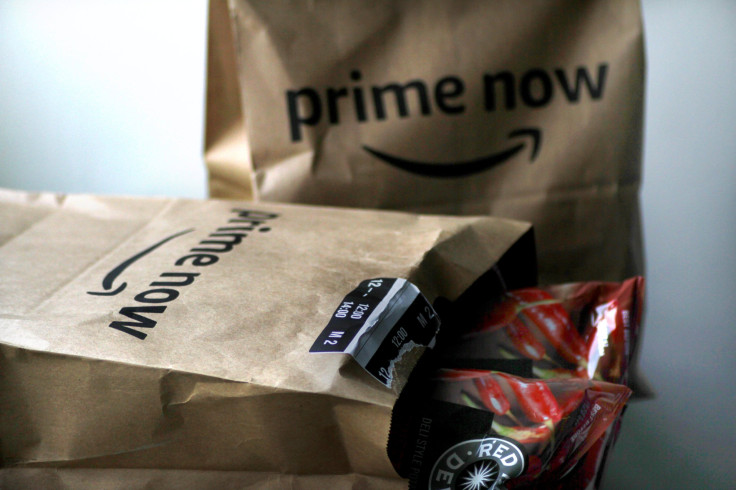Here's Why Amazon's New 1-Day Free Shipping Plan Really Matters

Amazon's (NASDAQ:AMZN) plan to upgrade its free-shipping option for Prime members to one-day delivery is a drop-the-mic move -- the rough equivalent of Jeff Bezos strutting onstage, calling out Walmart (NYSE:WMT) and Target (NYSE:TGT) by name, and asking "How you like me now?"
Both of those retail giants have spent billions on improving their supply chains in recent years so they too could offer two-day delivery like the e-commerce leader. With one earnings call comment, that standard has become outdated.
By raising the bar of consumer expectations, Amazon's move will put its rivals back into a position where they're playing catch-up.
What did Amazon do?
CFO Brian T. Olsavsky slipped the bombshell news into Amazon's first-quarter earnings call, in an answer to a question about the company's expenses.
"We're currently working on evolving our Prime free two-day shipping program to be a free one-day shipping program," he said. "We're able to do this because we've spent 20-plus years expanding our fulfillment and logistics network, but this is still a big investment and a lot of work ... ahead of us."
The capacity to pull off one-day shipping consistently won't come cheap: Olsavsky noted that the company's guidance for the second quarter includes "approximately $800 million of incremental spend related to this investment."
Olsavsky did point out that Amazon has offered Prime members one-day shipping on select items for years. And the change won't impact the Prime Now option, which provides one-to-two-hour delivery of select items in select markets.
"This is all about the core free two-day offer morphing into -- or evolving into -- a free one-day offer," he said. "We've already started down this path. We've, in the past month, significantly expanded our one-day eligible selection, and also expanded the number of zip codes eligible for one-day shipping."
One-day delivery won't debut everywhere at once. Amazon will take multiple quarters to roll it out across the United States. But when it's complete, it will cover roughly the same 100 million-plus products currently available with two-day free shipping under Prime.
What does this mean for Walmart and Target?
Though Amazon rarely discusses the number with any precision, it's estimated to have about 103 million Prime members in the U.S. Those people will now have even fewer reasons to visit physical stores. Investors recognize that's something Walmart and Target will have to address -- share prices of both dropped after Amazon's plan became public.
Both retailers have struggled to morph supply lines built for stocking stores into systems that can also handle large numbers of individual customers' orders. They've made progress on that, but it's fair to say that neither is as efficient as Amazon, where the logistics infrastructure was built from the ground up for that purpose.
This new challenge will likely cause both retailers to consider leaning into their stores more, perhaps by increasing the degree that they are used as hubs for same-day delivery, or by finding new ways to lure customers through their doors.
Walmart and Target have both found ways to compete with Amazon before, but the online leader just changed the rules of the game -- and put its rivals in a hole that will be tough and expensive to climb out of.
This article originally appeared in The Motley Fool.
John Mackey, CEO of Whole Foods Market, an Amazon subsidiary, is a member of The Motley Fool's board of directors. Daniel B. Kline has no position in any of the stocks mentioned. The Motley Fool owns shares of and recommends Amazon. The Motley Fool has a disclosure policy.





















